► More affordable Taycans tested
► Slower than the Turbos, but 4S still does 0-62mph in 4sec
► Or is the even cheaper RWD model a better bet?
The Porsche Taycan is so good it’s firmly near the top of our list of the best electric cars on sale today – so it’s no wonder it’s become the second-bestselling range in the company’s line-up.
This Porsche Taycan review looks at the entry-level model and the 4S, including the cheaper two- and all-wheel drive models. And, as we’ll see, considering a cheaper Taycan does not mean you will sacrifice talent or desirability one jot.
While many manufacturers are chasing headline-grabbing 0-60mph times and taming two-tonnes of high-speed batteries and momentum with all-wheel drive, the existence of the rear-wheel drive Taycan can raise a few questions. But then again, it’s £13,000 less than the 4S, putting the Porsche in the heart of Tesla Model S budgets.
Porsche Taycan review: we test entry-level EV
Propelled by 402bhp of electric motor, the two-wheel-drive Taycan can reach 62mph in 5.4 seconds. Frankly if ‘is it faster than a Tesla’ is on your mind, skip down to the 4S. This is a very different equation, and it’s one that reveal’s Porsche’s luxury skills without the distraction of face-bending G-forces.
As with any Porsche, you can forget that list price – once you’ve raided the options list you’ll still be paying much more than a Tesla will cost – but the lesser Taycan presents a character that is much more than simply a ‘cost-reduced EV’. With the Performance Plus battery it can boast a range of 301 miles (though our 99% charged one in cold weather reported 211 miles), but it’s how it drives that stands out.
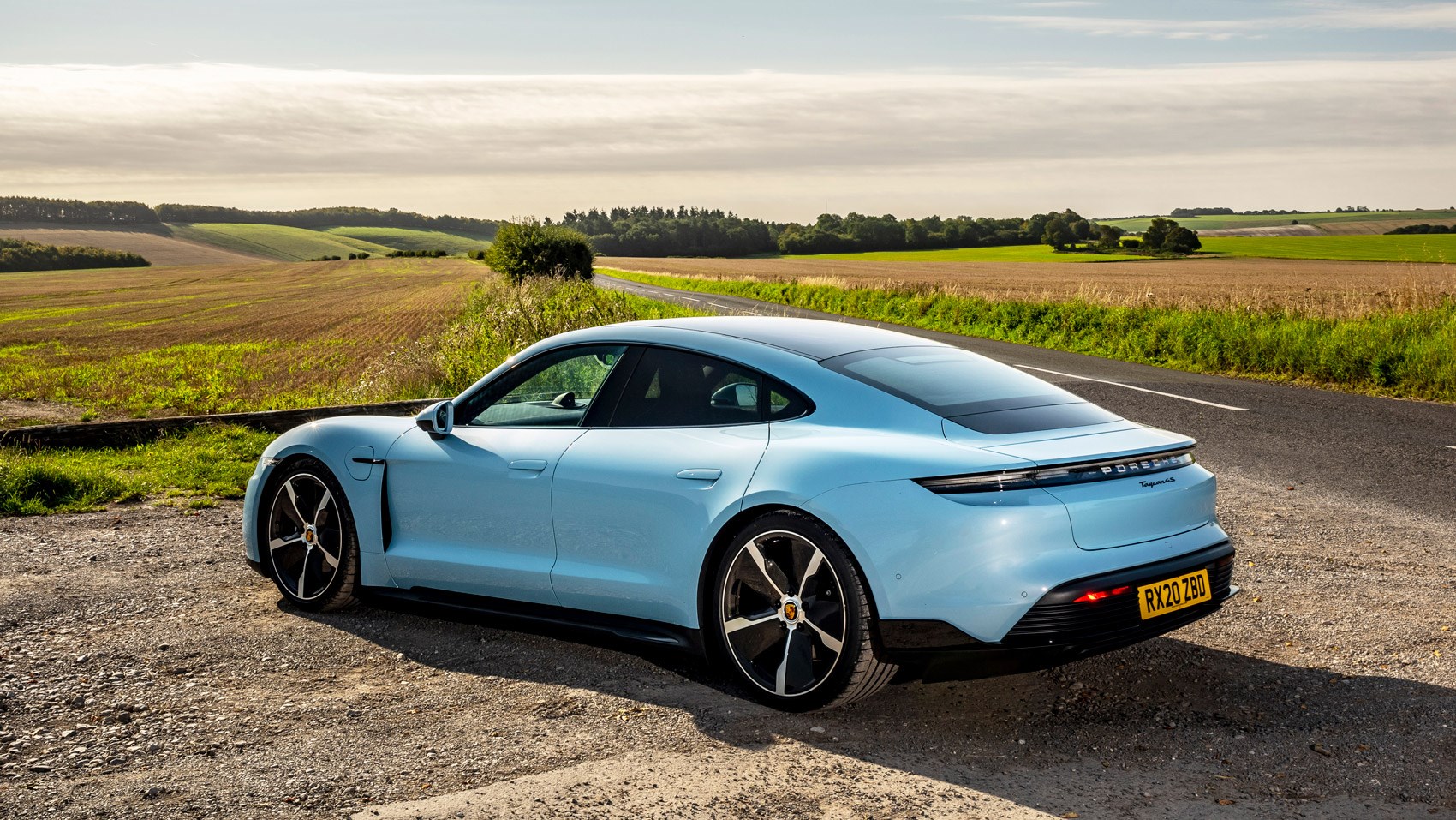
And the 4S?
Where the Taycan launched with its two most powerful, all-wheel-drive derivatives (the well-into-six-figures Turbo and Turbo S), the 4S comes in at significantly less before options and 523bhp.
That’s still a good bit more than the new entry-level Taycan (402bhp, 5.4sec 0-62mph), but where that car is rear-wheel drive, the 4S’s premium starts to look like a gap you must bridge when you factor in twin-motor all-wheel drive and a handy performance advantage (the 4S is 1.5sec faster 0-62mph and, with the Performance battery upgrade, capable of 8.5sec 0-99mph, versus 11sec for the Taycan).
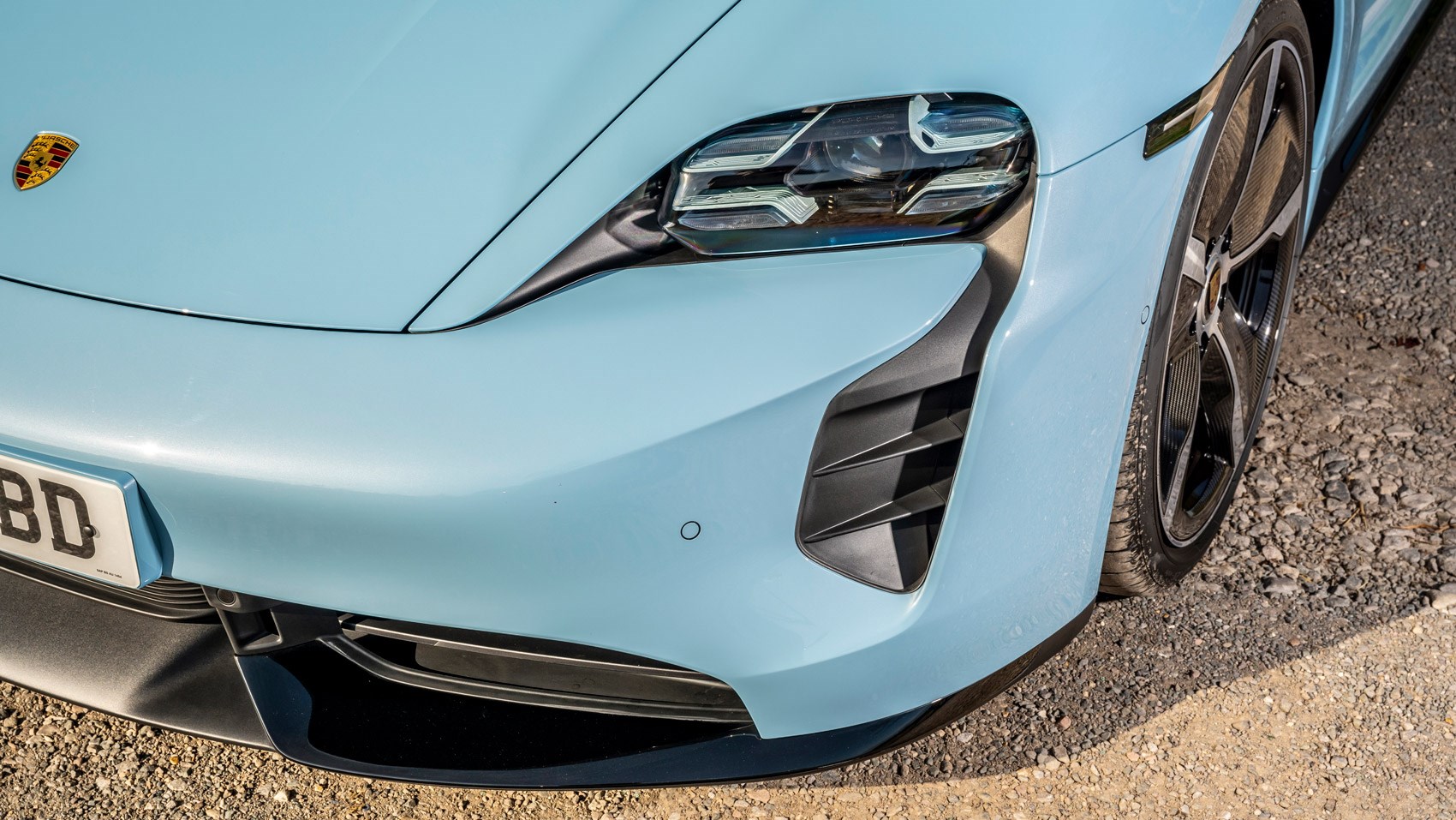
Porsche quotes a WLTP maximum combined range of 288 miles on the Performance Plus battery or 254 miles without it, versus 301 and 268 for the rear-drive Taycan. Performance Plus? It’s a £4049 bigger battery option that adds weight but also increases power and range – with it fitted, as our test car is, peak power climbs to 563bhp.
Porsche Taycan vs M5 vs Model S vs Polestar 1
What’s the interior like?
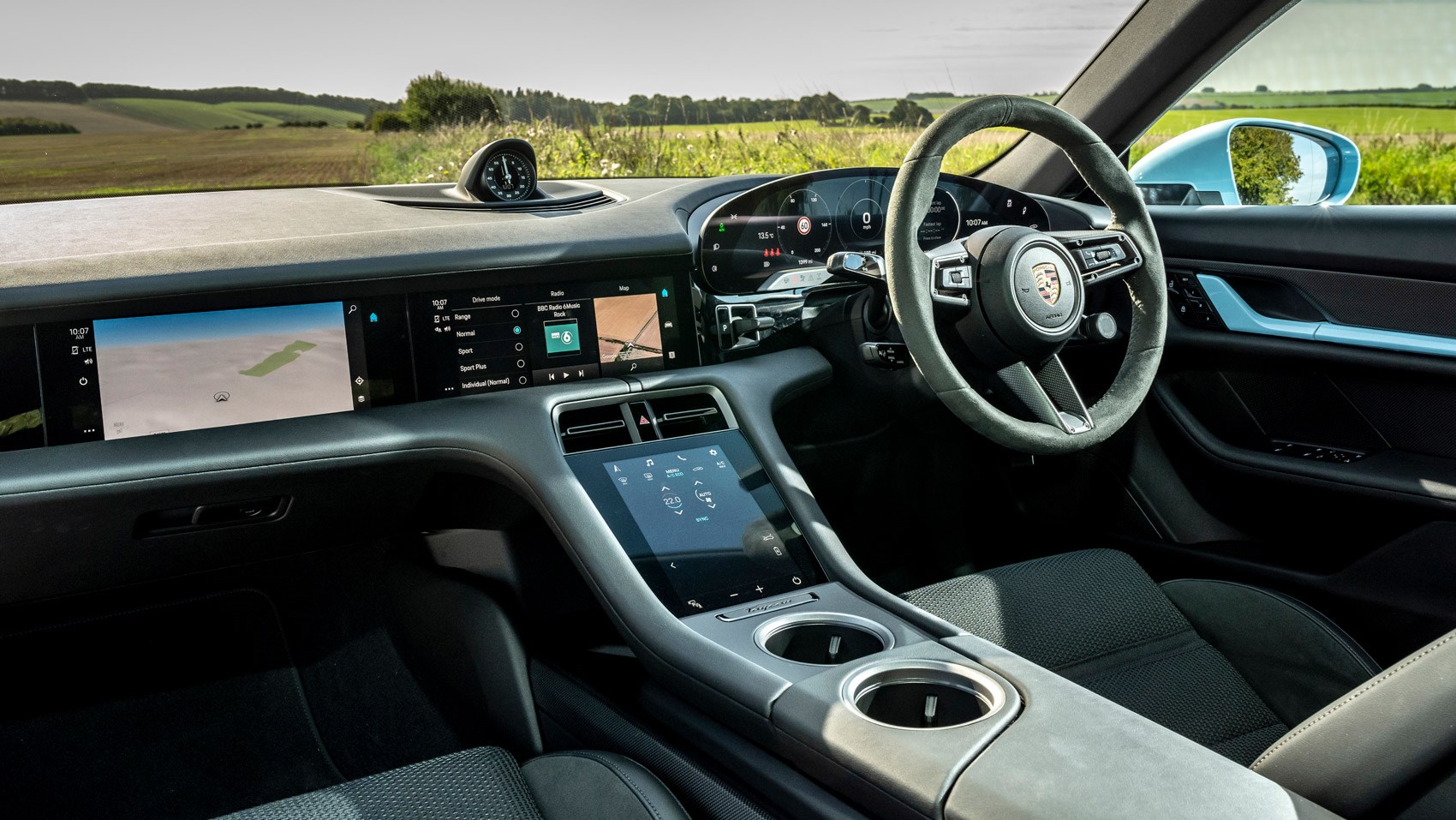
Climb into either and the excitement continues to ramp up because you sit low, seat on the floor if you want, in a proper Porsche driving position. The wheel and instruments ahead of you also feel 911, and this is the genius of the Taycan. Yes, it’s heavy – very heavy – and predictably it deploys every weight-masking trick in the book, from huge tyres through air suspension to massively powerful e-motors, but where none of this is unusual for a premium contemporary EV, most of which are SUVs, the Taycan is not an SUV, of course. The i-Pace, for example, drives well despite being the shape it is. The Porsche drives well because it is the shape it is.
How does 4S compare to the Turbo?
Pin it and there isn’t the otherworldly, faintly nauseating shove of a Taycan Turbo or Turbo S, but the 4S’s acceleration is still hugely impressive, particularly in that all-important 30-80mph range. And, being all-wheel drive, traction is absolute, even in near-freezing conditions, which feels right for a car with a remit this rounded (rear seat space is good; far better than a 911, if less generous than the back of a BMW i7).
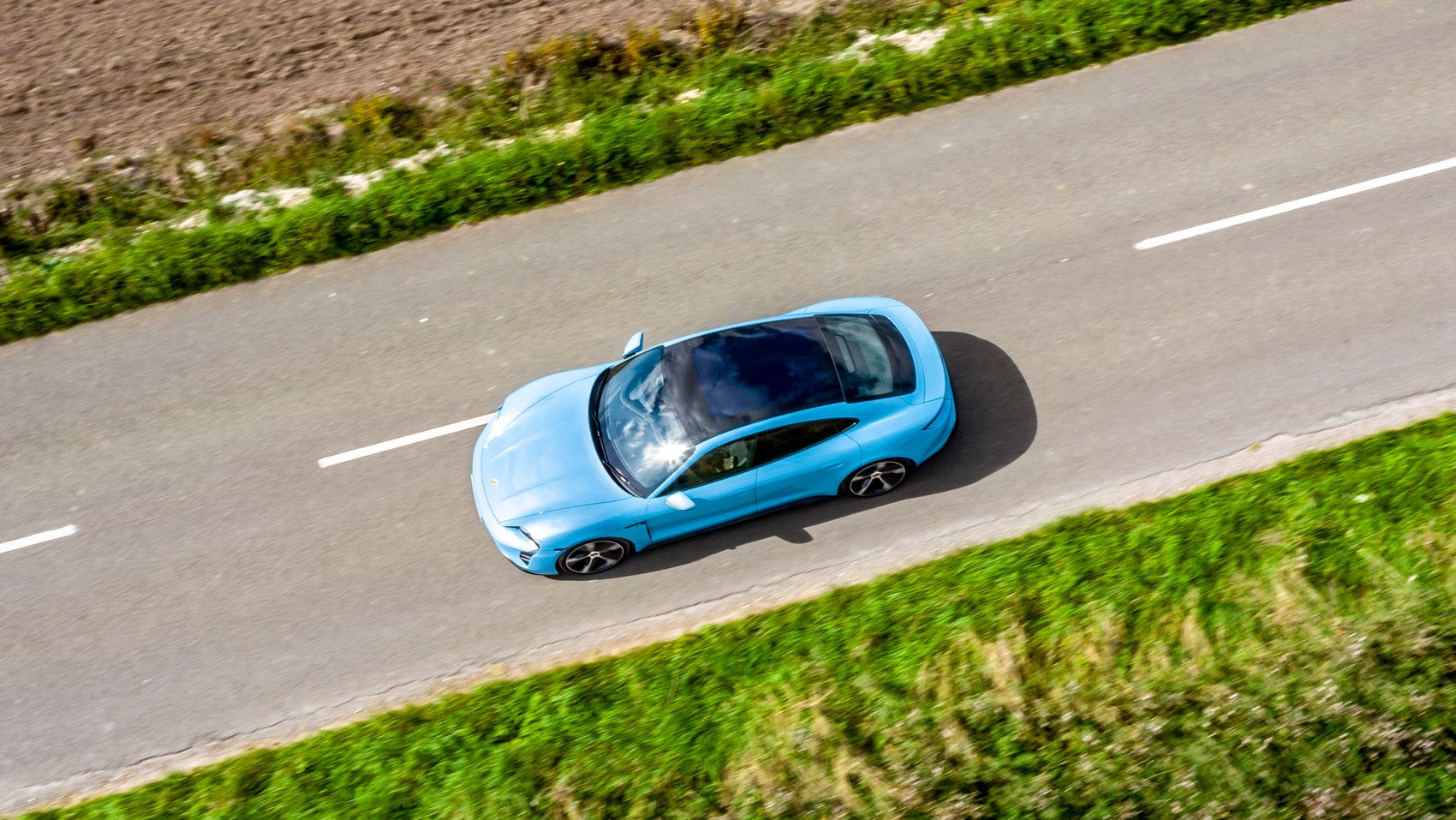
Incidentally, the 4S’s all-wheel drive is far from fixed. Call up the relevant displays on the driver’s display (a curved glass screen with touch controls at each end for the likes of damper settings, stability control and lighting) and you can watch the split shift with the drive mode, from predominantly rear-driven in Normal, Sport and Sport Plus, to front-driven in Range, though in each case the other motor’s always ready to seamlessly step back in, sparing you the blushes of anything so uncouth as wheelspin, particularly – heaven forbid! – on the front axle.
What’s it like to drive?
Our Porsche Taycan review is quite gushing: it’s one helluva an EV. Drive itself is seamless, bar the merest hint of a shift as the two-speed rear gearbox selects the taller of its two rations, and the car is entirely intuitive to pilot, with taut, clean and nicely defined steering, extraordinary body control that nevertheless allows just enough roll to help you understand the car’ behaviour (no optional £2315 electro-mechanical anti-roll bars on this test car) and a remarkable neutrality to the handing balance.
All of this, plus towering grip and stonking straight-line speed, combine to see the 4S monster any road, journey or mission you care to task it with. It’s so fast, so easy and so controlled that frankly it feels like cheating, and that’s not to suggest the driving experience is somehow lacking in satisfaction or excitement because of the EV powertrain. It really isn’t.
Porsche Taycan Turbo and Turbo S review
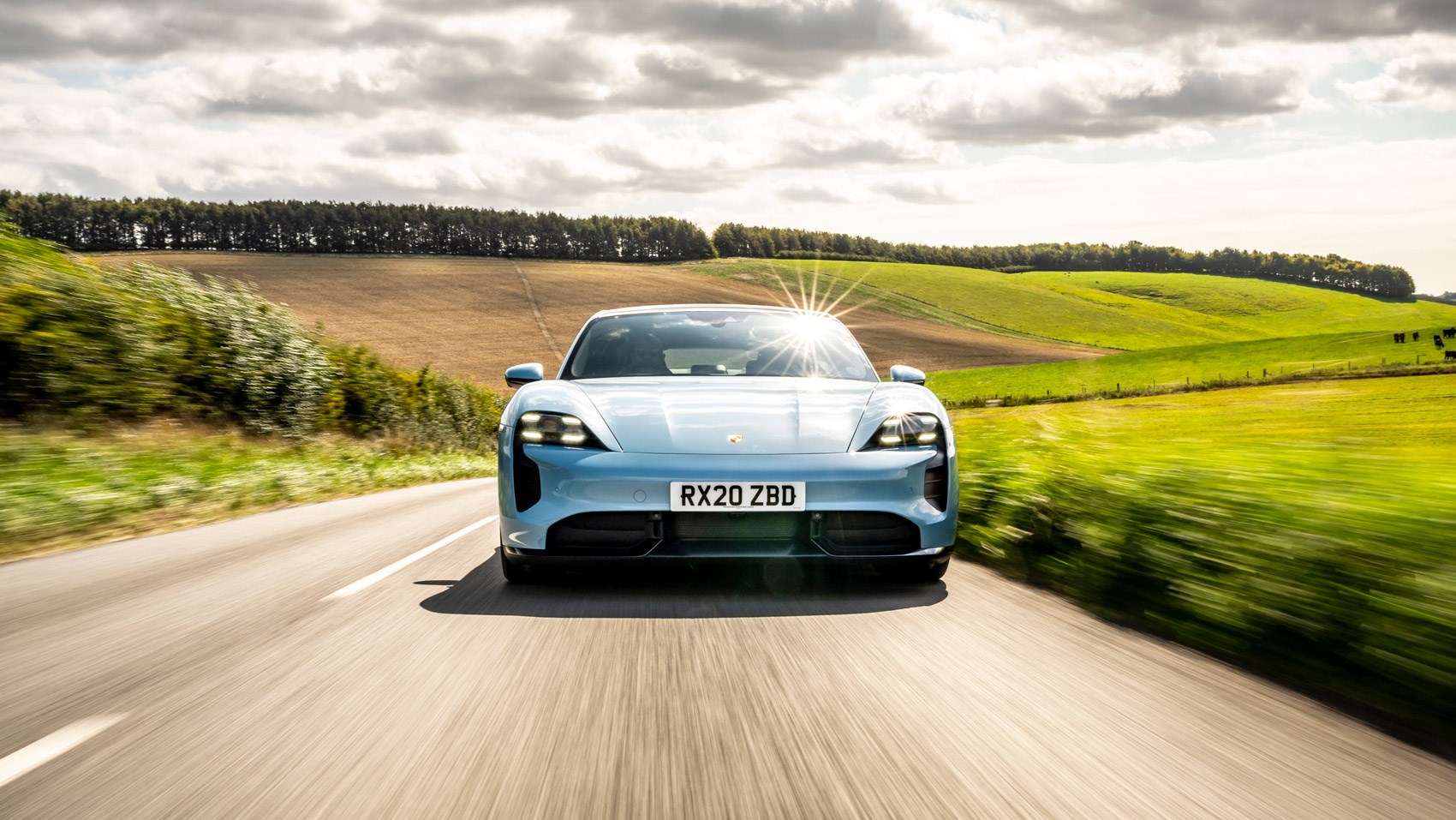
Start to broach the tyres’ limits, helped by wet, cold and slimy roads, and all four let go benignly and at the same time. Do this with a load of lateral load and some power and the 4S remains entirely controlled and balanced, hooking up and tucking its nose in in like a good all-wheel-drive Porsche should.
The 4S’s an astonishing level of performance, but it’s also an astonishingly accessible and intuitive one. As a result, your prior driving experience is still relevant, Porsche choosing not to throw in such EV weirdness that you’re dumped unceremoniously back at the bottom of the learning curve.
What about the range?
When you’ve an EV with this much performance on tap, savaging your state of charge and remaining range display is as easy as falling off a log. Get greedy with the 4S’s performance and that 288 miles of maximum WLTP range (with the £4049 Performance Plus battery) on the combined cycle is, of course, ambitious. In freezing temperatures, fully charged, our car displayed 182 miles of range. 52 miles later, after some motorway cruising and a run across the kinds of roads you’re likely to seek out in something that drives this well, we’d lost a third of that charge, suggesting a sub-200m range.
But doing much better than that would be easy – easy enough to suggest Porsche’s minimum figure of 242 mile is on the cards, should you be able exercise restraint, keep your cruising speeds down and, ideally, save your hypermiling for climates more temperate than Lincolnshire in January. The Taycan’s 800-volt architecture both boosts efficiency and makes for fast charging, if you get to the right kind of charger. But for most the decision remains based on usage and home set-up. Regularly make shorter journeys, and can charge at home? We’re in business. Park on the street and criss-cross the country on random errands? It’s a Panamera for you.
What does the entry-level Taycan lose – or gain?
It would be easy to dismiss the non-4S as ‘Taycan-lite’, and given Porsche’s position as premium sports car maker, that wouldn’t be unfair. However, you can’t really spend all your time launch-controlling away from the lights or ignoring speed limits and congestion, and here’s where the Taycan comes into its own.
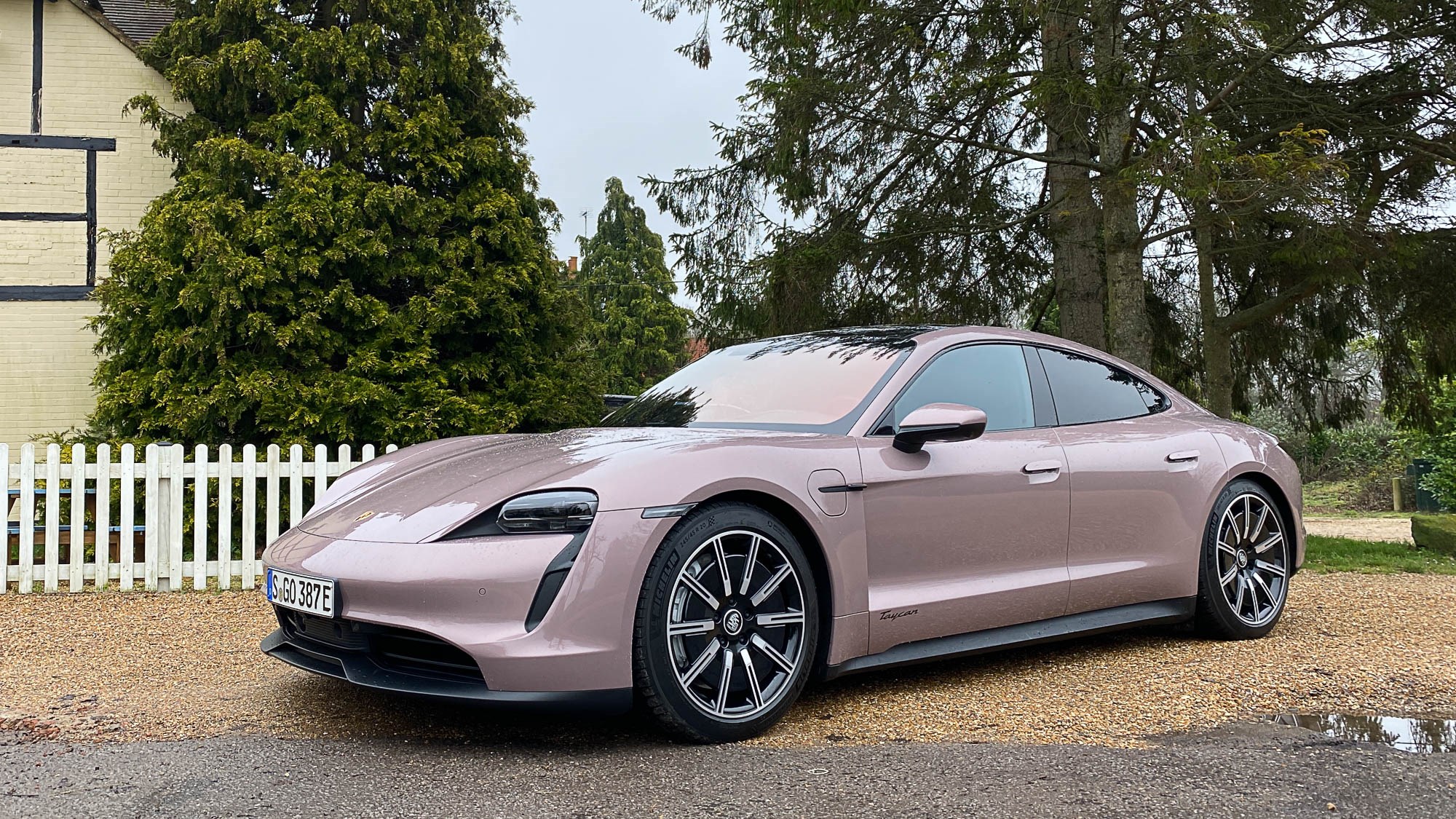
Take that starting price, and you’ve got over £13,000 to play with from the options list for a start – that’s enough to get the essentials of the Performance Plus battery and the panoramic glass roof, which makes the Taycan feel airy and spacious in the rear seats as well as the front.
Finally, you’ll want the adaptive air suspension; even equipped with 20-inch wheels the ride is sublime, retaining a degree of supple compliance even in Sport Plus mode.
The sheer competence of the package, combined with a very driver-centric approach to the controls, ensures that while the Taycan isn’t taking off at every start, it is an absolute pleasure to enjoy torque and performance very reminiscent of a 928 yet without the mechanical soundtrack, swapping modes with the wonderfully tactile wheel-mounted control, and enjoying the perfectly-balanced braking system and communicative, precise steering.
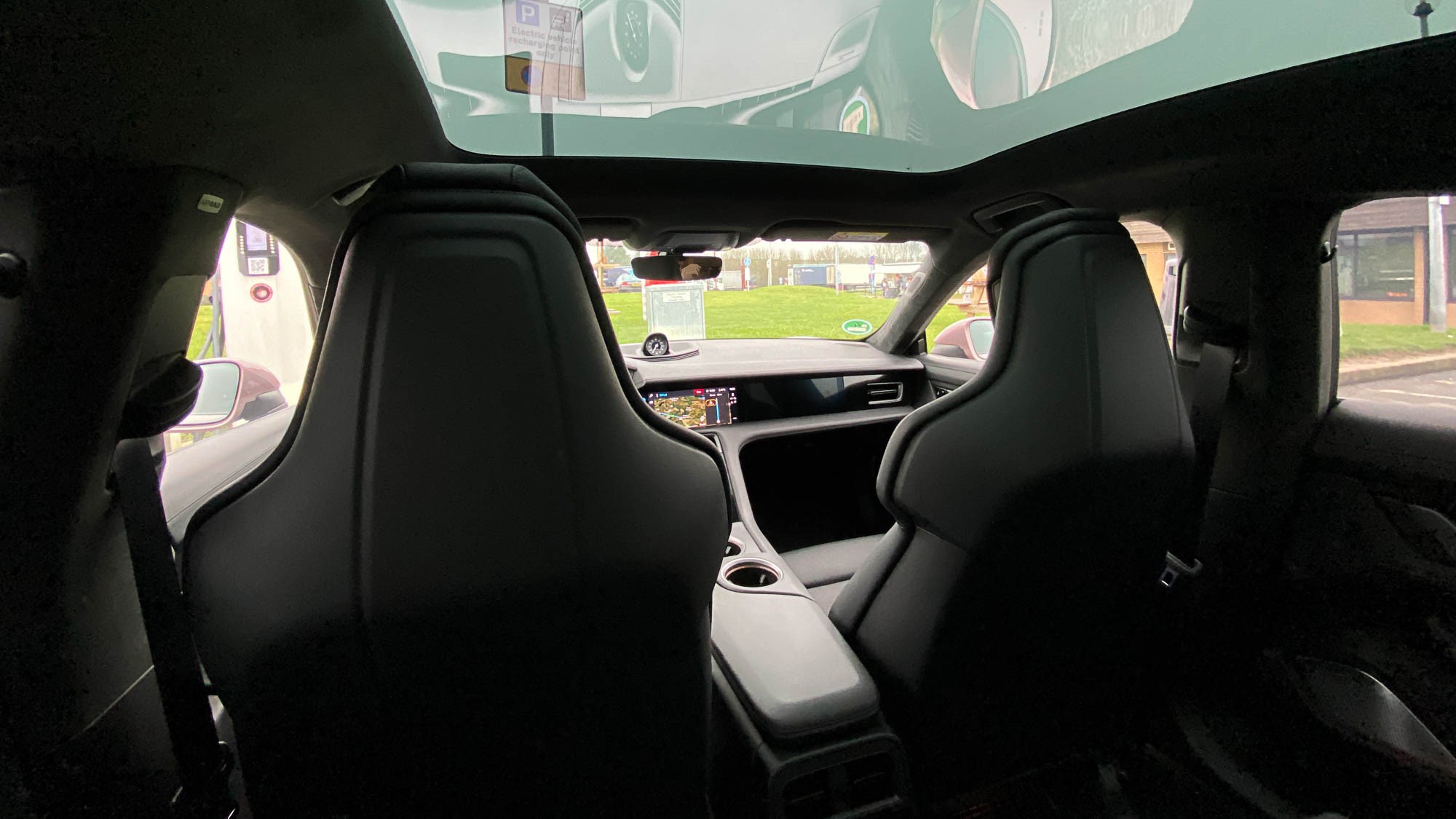
Stripping away the more ferocious aspects of the Taycan reveals a gloriously comfortable yet still amazingly rapid GT. It’s not just impressive – it’s likeable, almost friendly.
Porsche Taycan 4S: verdict
That the Taycan 4S is 911 Carrera money should be entirely irrelevant – they’re not, on paper, a like-for-like comparison in any way shape or form.
And yet… And yet so capable, so desirable and so convincing is the 4S as a driving machine that it forces its way into that conversation. Much more than merely a great electric car or even a great car, the Taycan 4S is a great Porsche.
Porsche Taycan review – two-wheel drive: verdict
If you’re buying a Porsche because you want a screaming-fast supercar – the other models of Taycan can deliver; if your budget is tight, you can live without the options, right?
More pragmatic, rational drivers may appreciate being able to get the cream of the Porsche’s chassis, trim and battery options for less than £80,000 though. This is the Porsche the whole family can enjoy without you feeling the need to show off the performance. This is all relative, too – it’s still a very rapid car, both off the line and from point to point.
And sure. Your £80K Tesla might claim to drive itself, but the Taycan you can buy instead entices you to drive it. There’s always adaptive cruise for the boring roads.
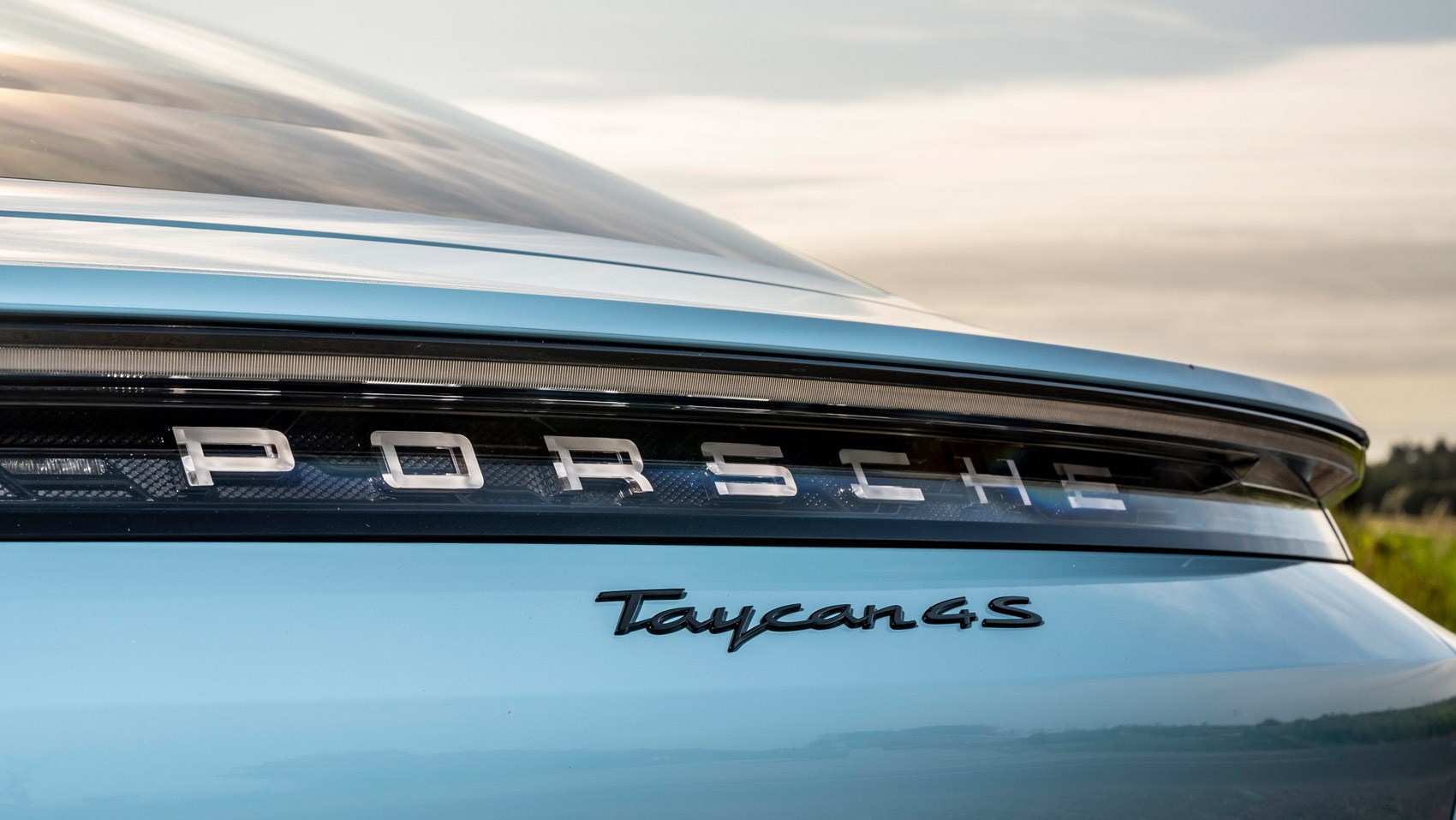
Read more Porsche reviews here
View Porsche Taycan lease deals